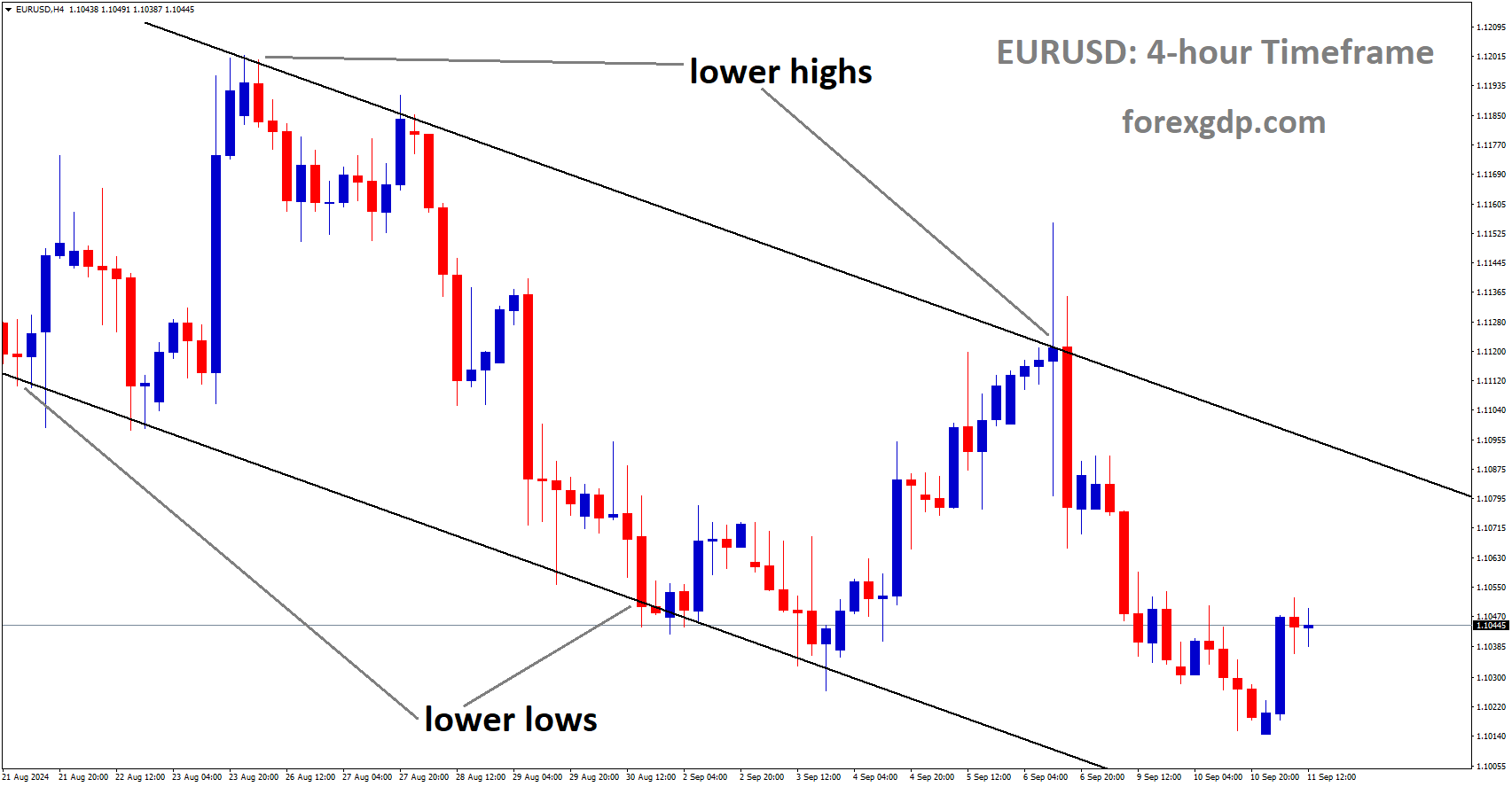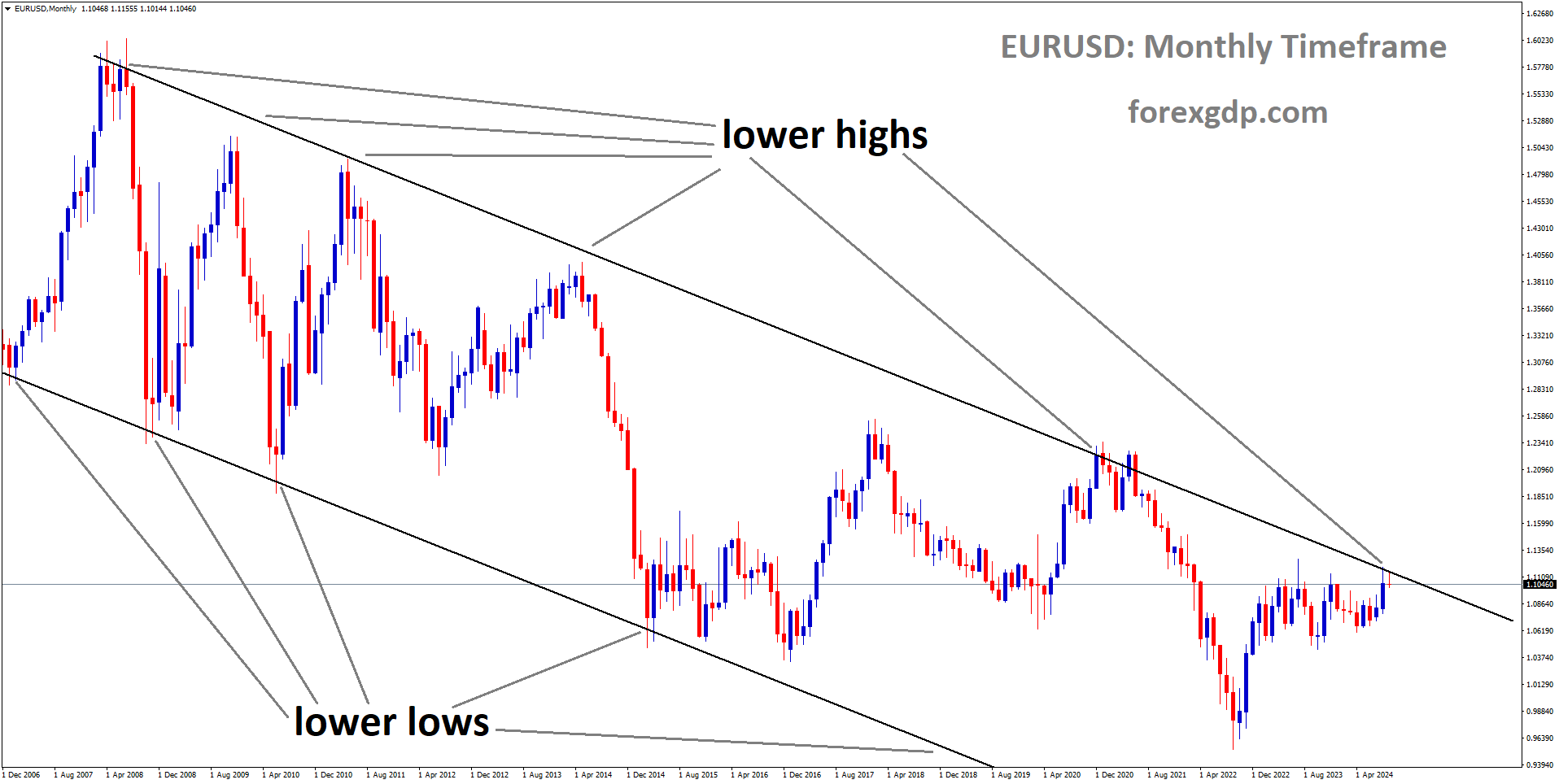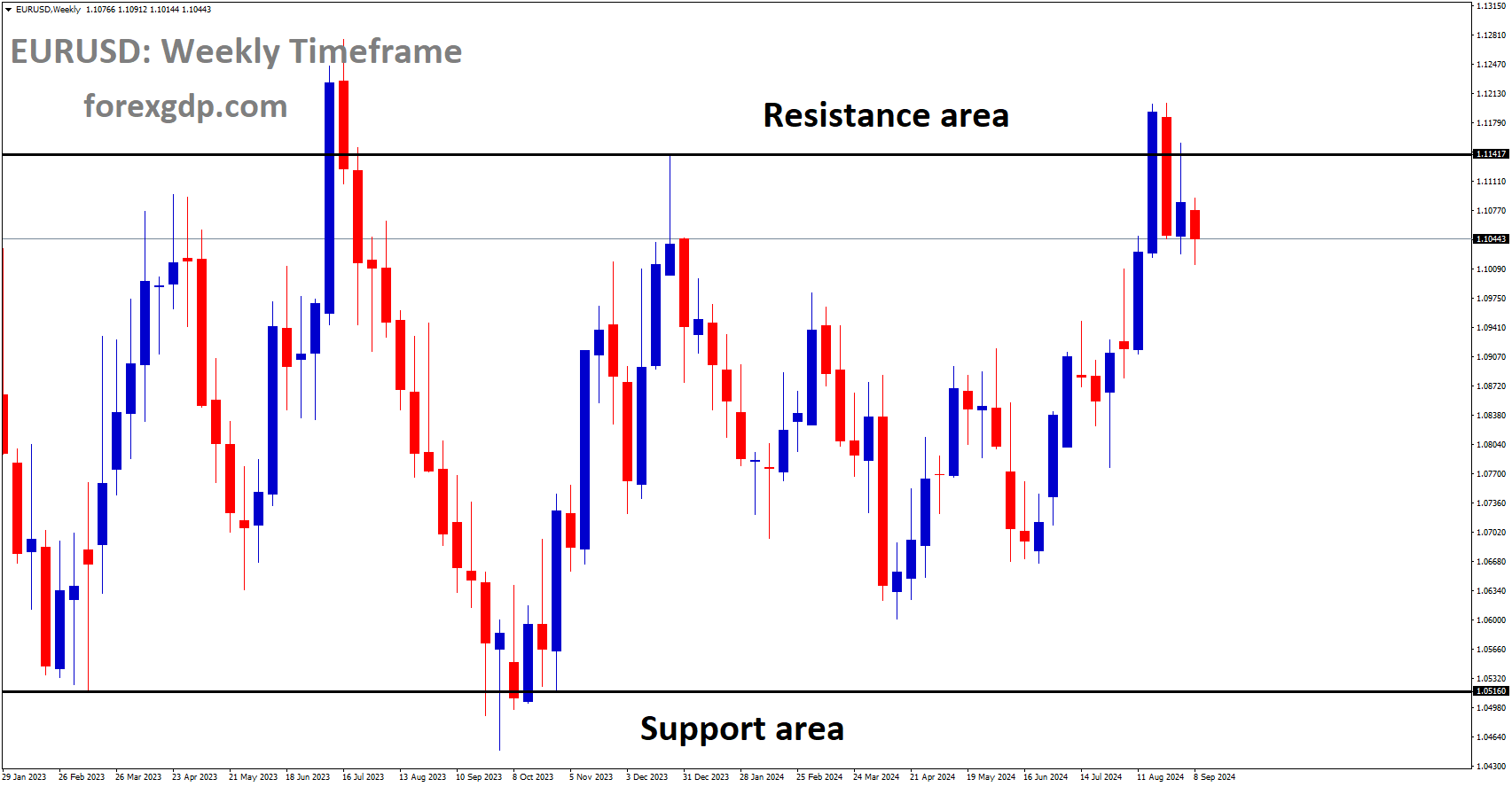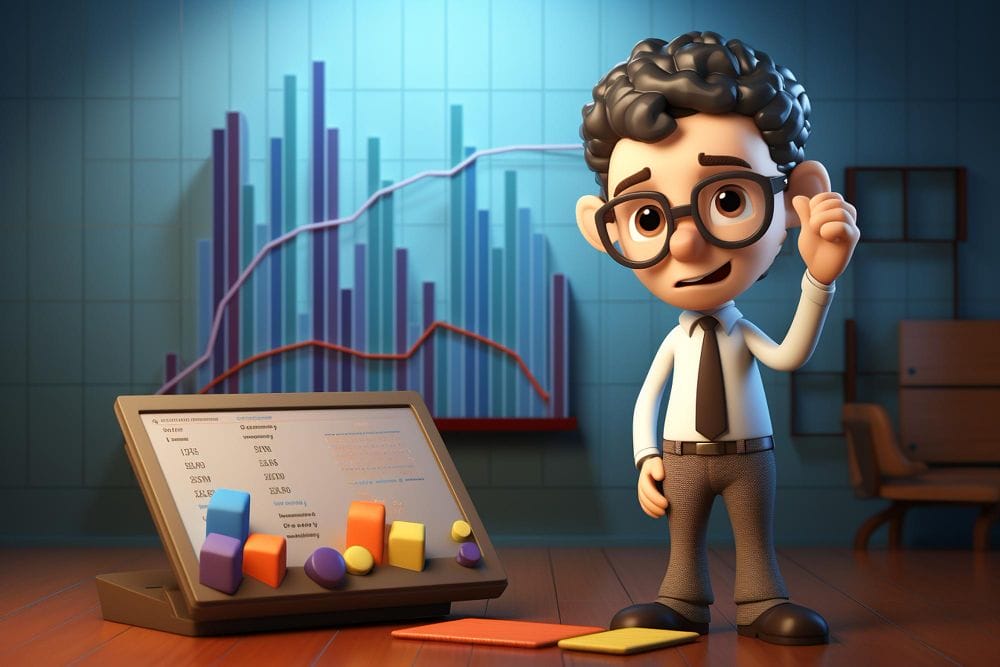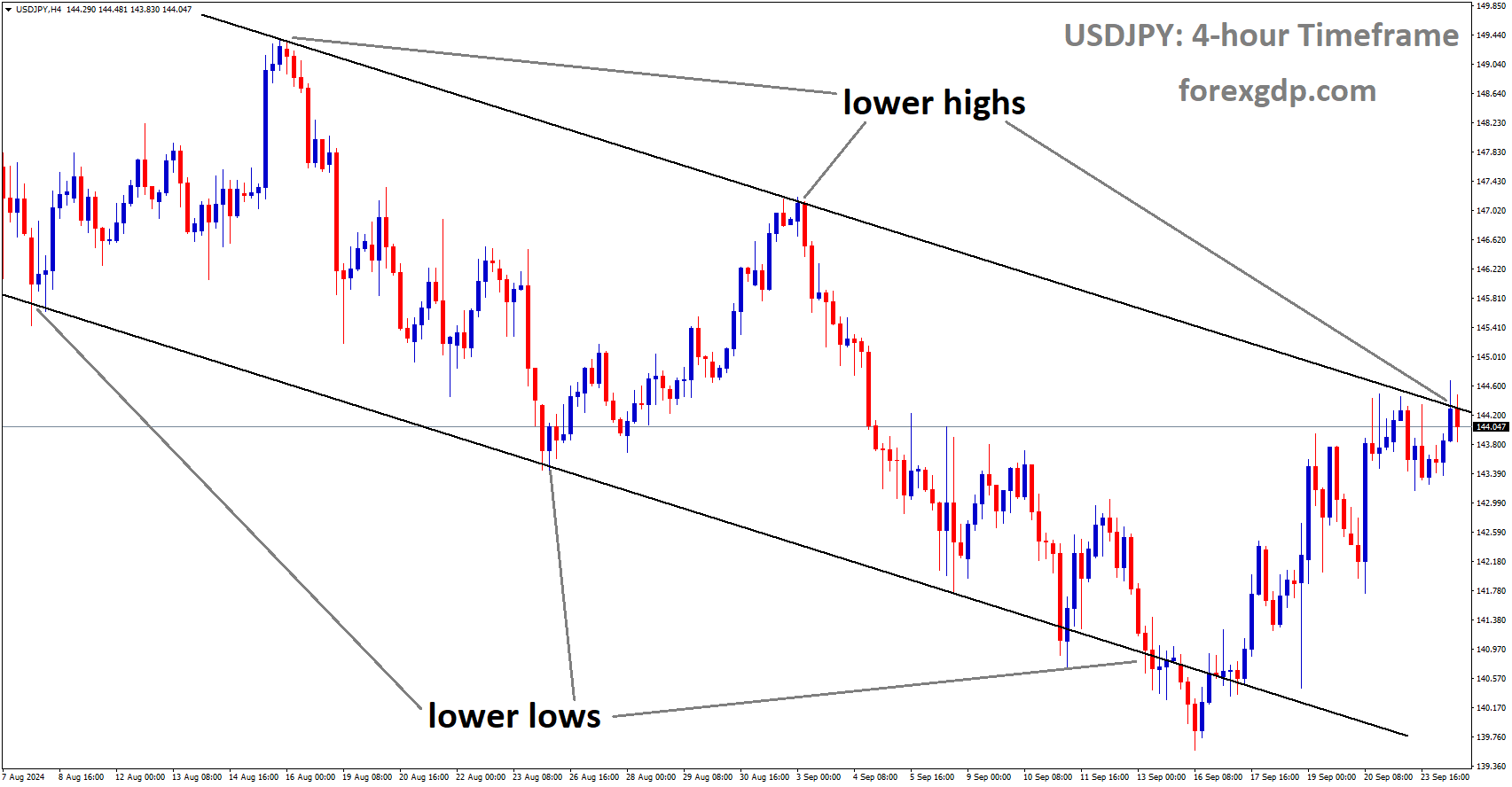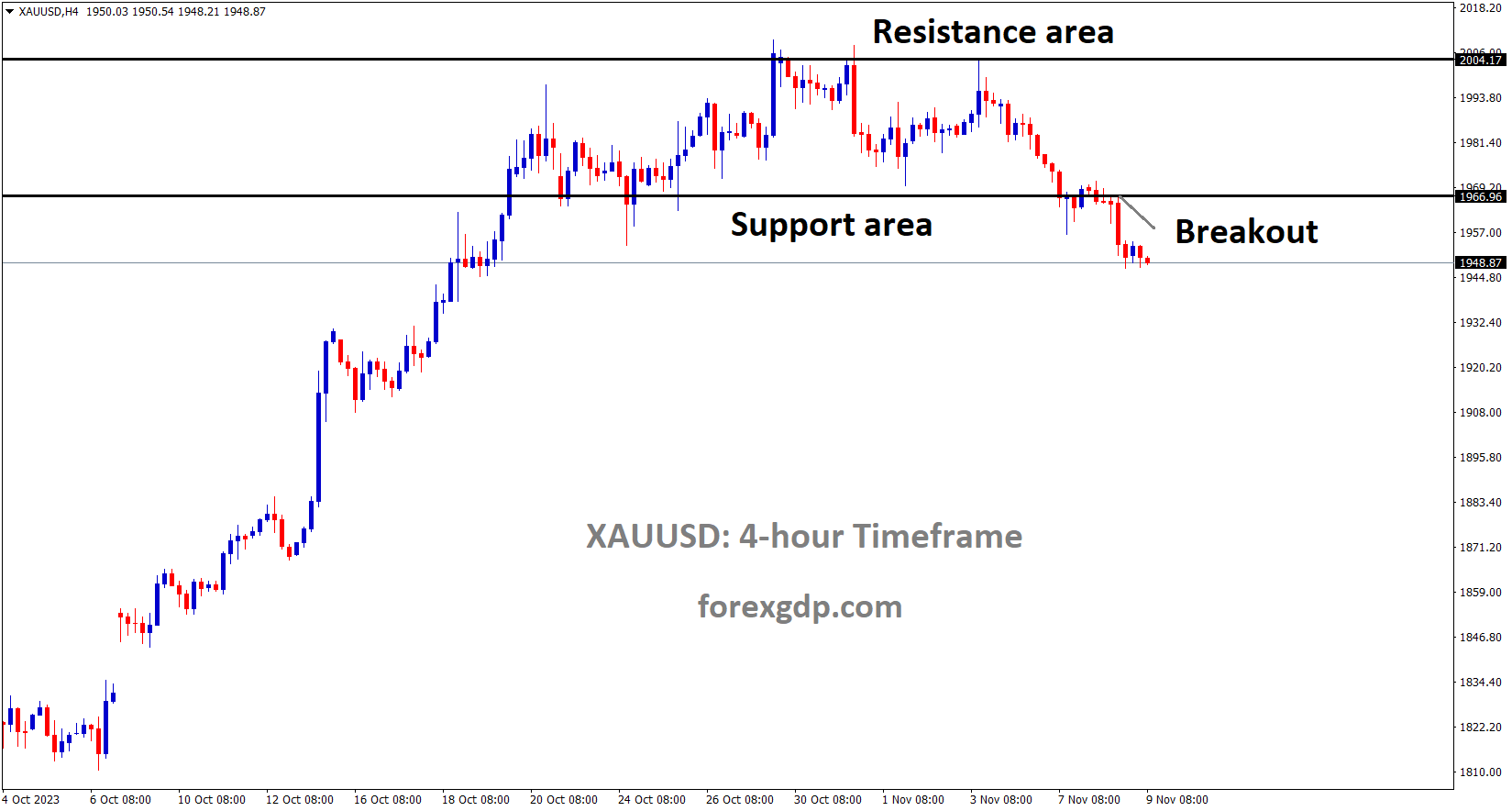EURUSD is moving in the Descending channel
#EURUSD Analysis Video
EUR/USD Gains Momentum as Traders Await US Inflation Report
The EUR/USD pair has caught the attention of traders as it edges higher ahead of some major economic news. With the US inflation data scheduled to be released soon, and speculation swirling around potential interest rate cuts from both the Federal Reserve (Fed) and the European Central Bank (ECB), there’s plenty for market participants to consider.
In this article, we’ll break down the key factors driving the EUR/USD movement, including why the US dollar has been under pressure, what traders expect from the European Central Bank, and how all of this ties into the broader economic picture. Let’s dive into these topics and explore what’s driving the EUR/USD pair higher.
US Dollar Weakens as Treasury Yields Decline
One of the main reasons the US dollar has been struggling is the recent dip in US Treasury yields. Treasury bonds are considered a safe investment, and their yields (the return investors get for holding them) have been declining. Lower yields often lead to a weaker dollar because they reduce the return on US assets, making the currency less attractive to foreign investors.
The US Dollar Index (DXY), which measures the value of the dollar against a basket of other major currencies, has also taken a hit. It has pulled back from its recent highs, signaling that traders are becoming less confident in the dollar’s strength. This weakness in the dollar is a key reason why the EUR/USD pair has been gaining ground, as a softer dollar makes the euro relatively more valuable.
But why are Treasury yields dropping? Well, it all comes down to expectations about what the Federal Reserve will do next with interest rates.
Will the Fed Cut Interest Rates? Speculation Grows
There’s been plenty of speculation about whether the Fed will cut interest rates at its upcoming meeting, and this is a big factor influencing the dollar’s performance. Lower interest rates generally lead to a weaker currency because they make it less attractive to hold that currency in savings or investments.
The Fed’s decisions on interest rates are largely driven by economic data, and one of the most closely watched pieces of data is the Consumer Price Index (CPI) – a key measure of inflation. The US CPI report is due out soon, and traders are eagerly awaiting the numbers to get a better sense of what the Fed might do next.
EURUSD is moving in a descending channel, and the market has reached the lower high area of the channel
If the inflation data shows that price pressures are easing, it could reinforce expectations that the Fed will cut rates to support the economy. On the other hand, if inflation remains stubbornly high, it could lead the Fed to hold off on cutting rates or even raise them further.
For now, the market is pricing in the possibility of at least a small rate cut at the Fed’s next meeting. However, there’s still some uncertainty, especially after last week’s US labor market report, which showed that the job market remains relatively strong. A strong job market can sometimes push the Fed to delay rate cuts, as it indicates that the economy is still on solid footing.
ECB Rate Cut Expectations: What’s Next for the Euro?
On the European side of things, the Euro has been facing its own set of challenges, particularly from recent economic data out of Germany. Germany, being the largest economy in the Eurozone, plays a significant role in shaping market expectations for the European Central Bank (ECB).
Recent inflation data from Germany has been softer than expected, with the Harmonized Index of Consumer Prices (HICP) showing a slight decline on a monthly basis. While this isn’t a huge surprise, it has added to the belief that the ECB may need to take further action to support the Eurozone economy.
Traders are now widely anticipating that the ECB will cut interest rates at its upcoming meeting, with a 25 basis point cut looking like the most likely outcome. This would bring the ECB’s main interest rate down to 4.0%, which is still relatively high by historical standards but represents a shift towards more accommodative monetary policy.
EURUSD is moving in a box pattern, and the market has fallen from the resistance area of the pattern
Rate cuts by the ECB would typically be expected to weaken the euro, as lower interest rates reduce the return on euro-denominated investments. However, in this case, the euro has been holding up relatively well, partly because the market has already priced in much of the expected rate cut. In addition, the weakness in the US dollar has given the euro a bit of a boost.
What’s the Bigger Picture?
All of these factors – the potential for US rate cuts, the expectations for ECB action, and the recent economic data from both the US and Europe – are contributing to a somewhat volatile but generally upward trend in the EUR/USD pair.
However, it’s important to keep in mind that currency movements are rarely driven by just one factor. Instead, they are influenced by a complex mix of economic data, market sentiment, and geopolitical events. While traders are currently focused on interest rates and inflation, other factors like global trade tensions, political uncertainty, and changes in consumer behavior could also play a role in shaping the future direction of the EUR/USD pair.
Key Takeaways for Traders
- US Inflation Report in Focus: Traders are closely watching the upcoming US inflation data, as it could provide clues about the Fed’s next move on interest rates. Lower inflation could increase the chances of a rate cut, which would likely weaken the dollar and support the EUR/USD pair.
- Fed Rate Cut Expectations: The market is pricing in a small rate cut by the Fed, but there’s still some uncertainty. Strong economic data, particularly from the US labor market, could lead the Fed to hold off on cutting rates.
- ECB Rate Cut Likely: On the European side, traders are expecting the ECB to cut rates by 25 basis points at its next meeting. While this would typically weaken the euro, the currency has been holding up relatively well, partly due to the weakness in the US dollar.

Final Thoughts
In the short term, the EUR/USD pair seems to be benefiting from a combination of factors, including a softer US dollar, expectations for rate cuts from both the Fed and the ECB, and recent economic data. However, it’s important to keep an eye on upcoming data releases, particularly the US inflation report, as they could shift market sentiment and lead to new developments.
For traders, the current environment presents both opportunities and risks. On the one hand, the potential for rate cuts could lead to further gains for the EUR/USD pair. On the other hand, any surprises in the data could lead to sudden reversals, so it’s important to stay informed and be ready to adjust your strategy as new information becomes available.
As always, staying up to date with the latest economic data and market trends is key to making informed decisions in the fast-paced world of forex trading.
Don’t trade all the time, trade forex only at the confirmed trade setups
Get more confirmed trade signals at premium or supreme – Click here to get more signals , 2200%, 800% growth in Real Live USD trading account of our users – click here to see , or If you want to get FREE Trial signals, You can Join FREE Signals Now!

